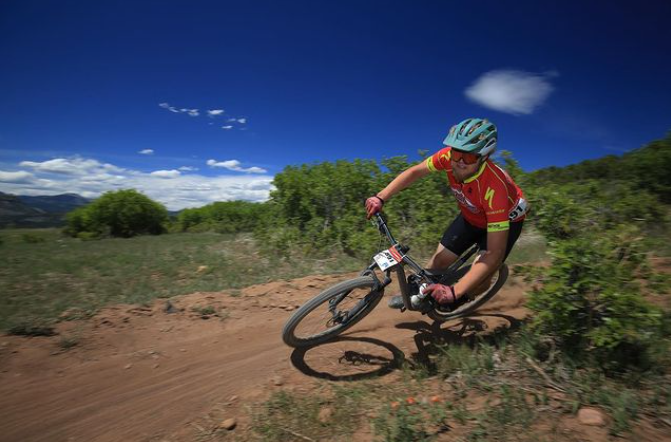Salsa Farm Animal from Vecchio's
This Salsa was built by founder Ross Shafer for Hank Barlow, and it has some unique details

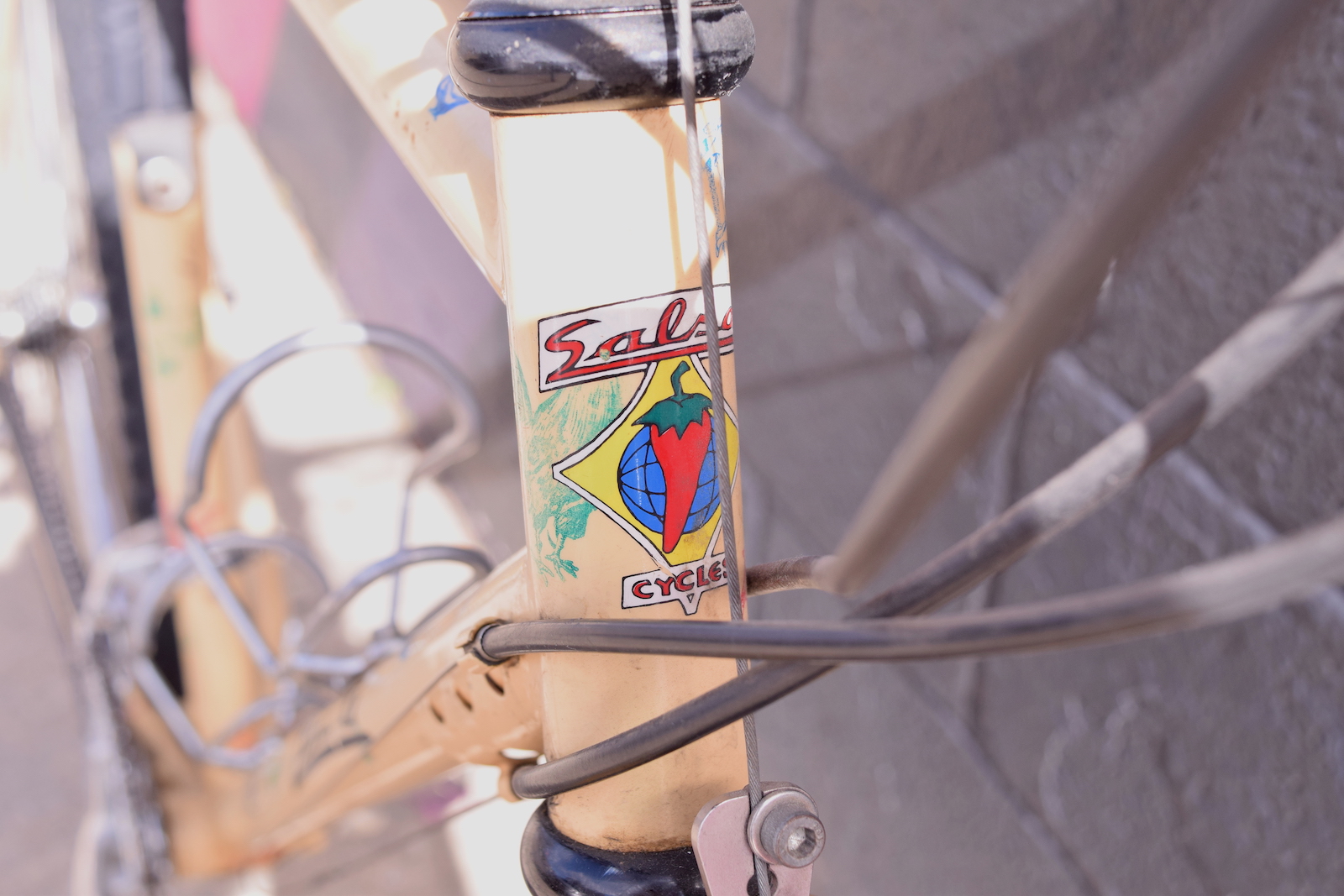


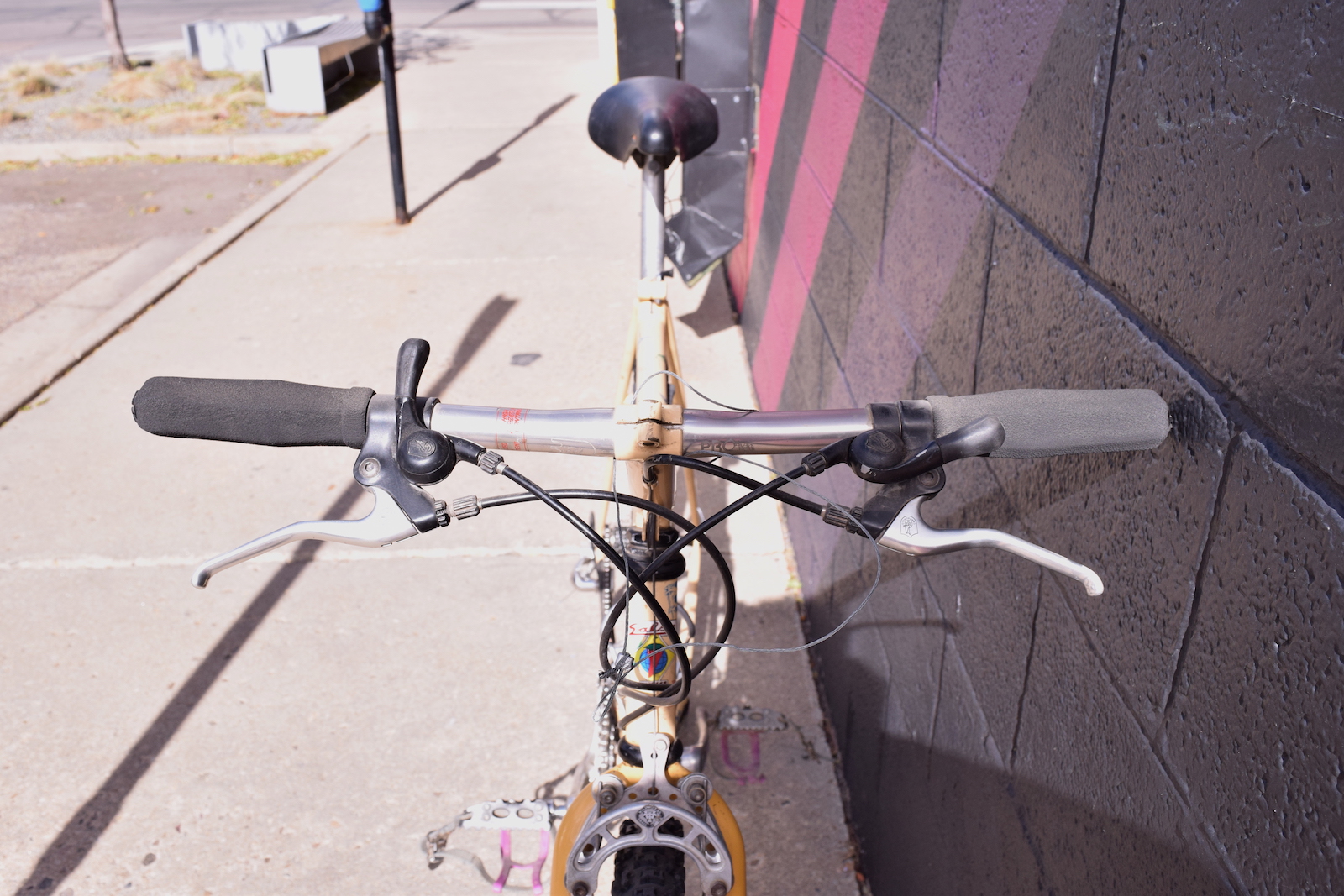
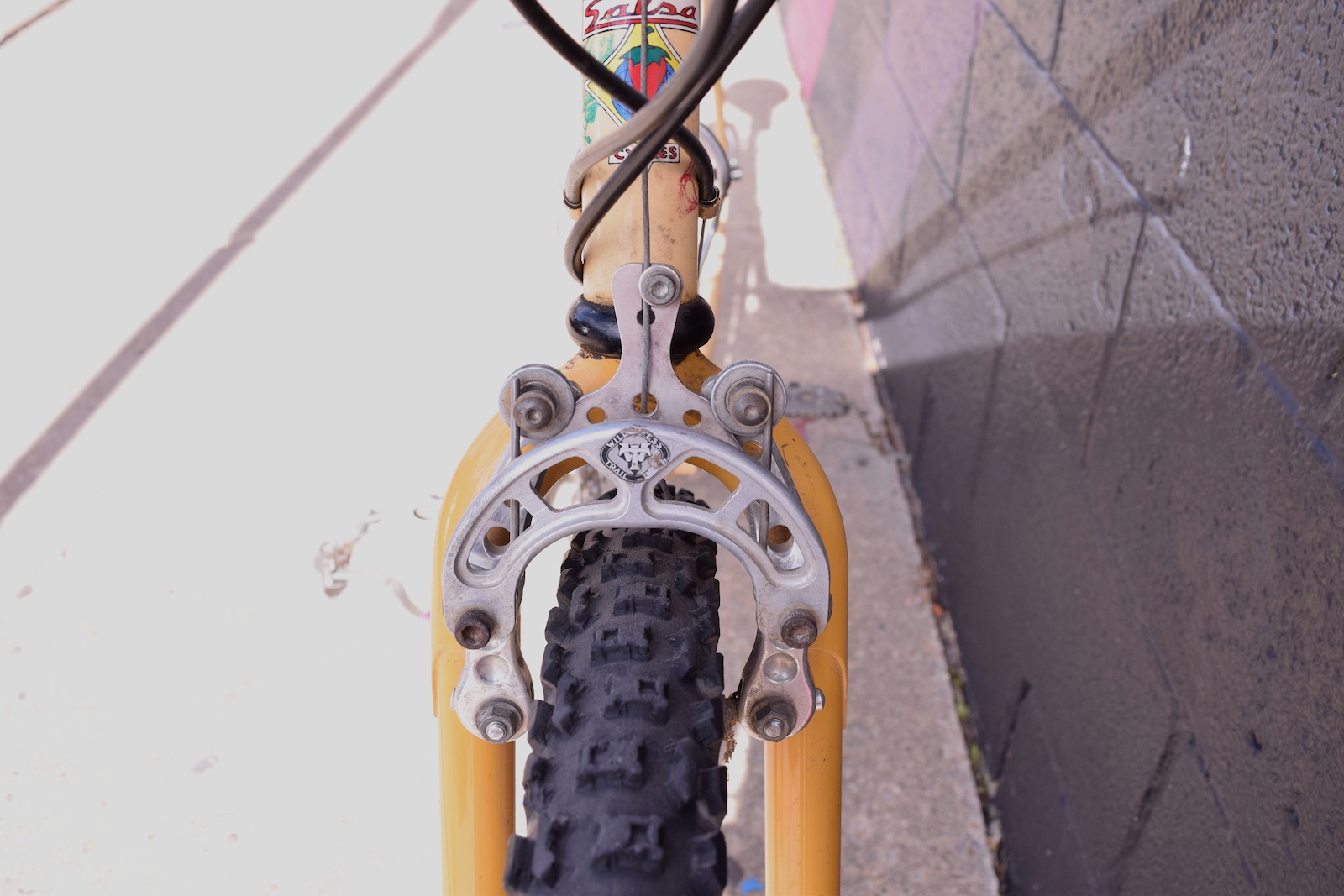


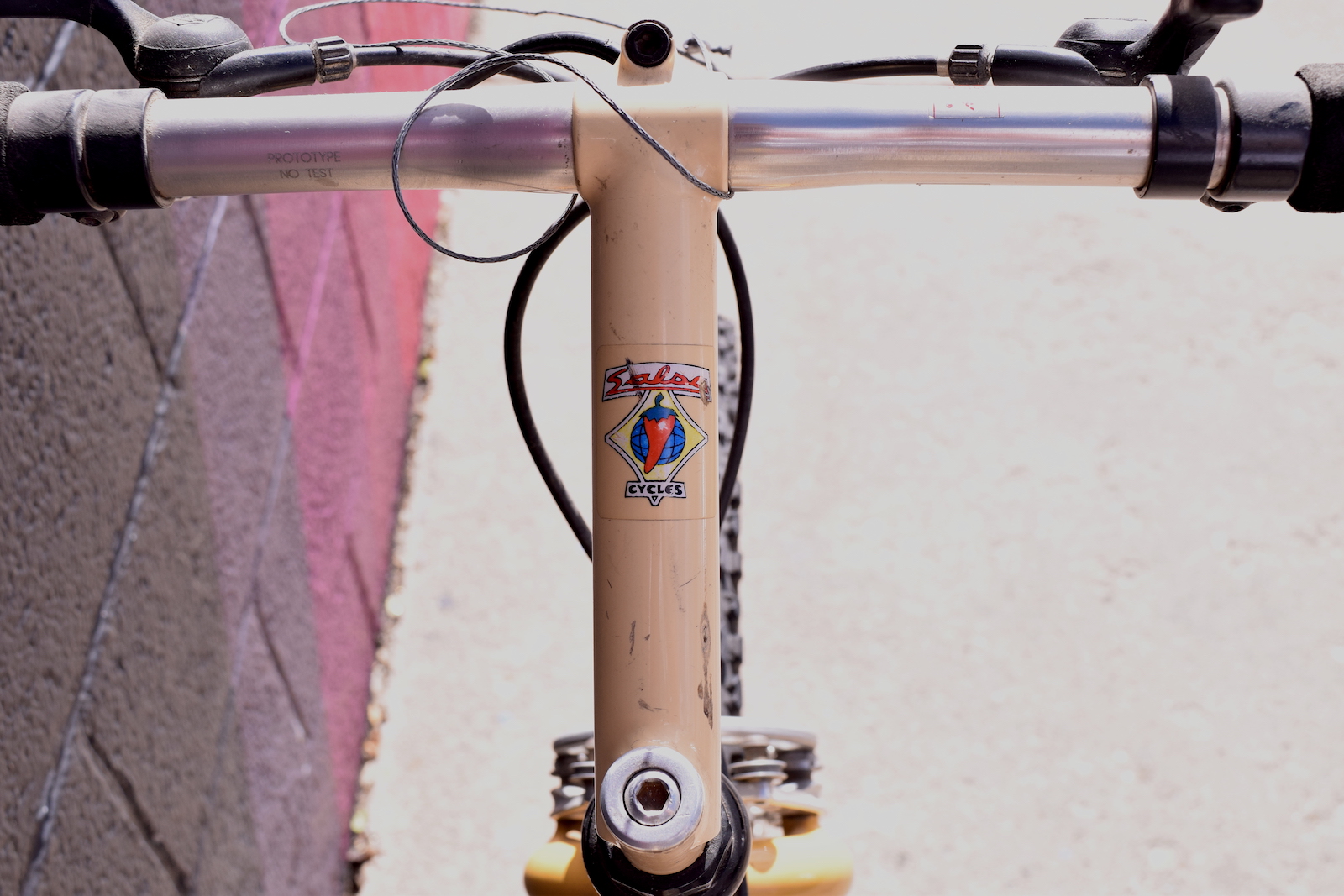
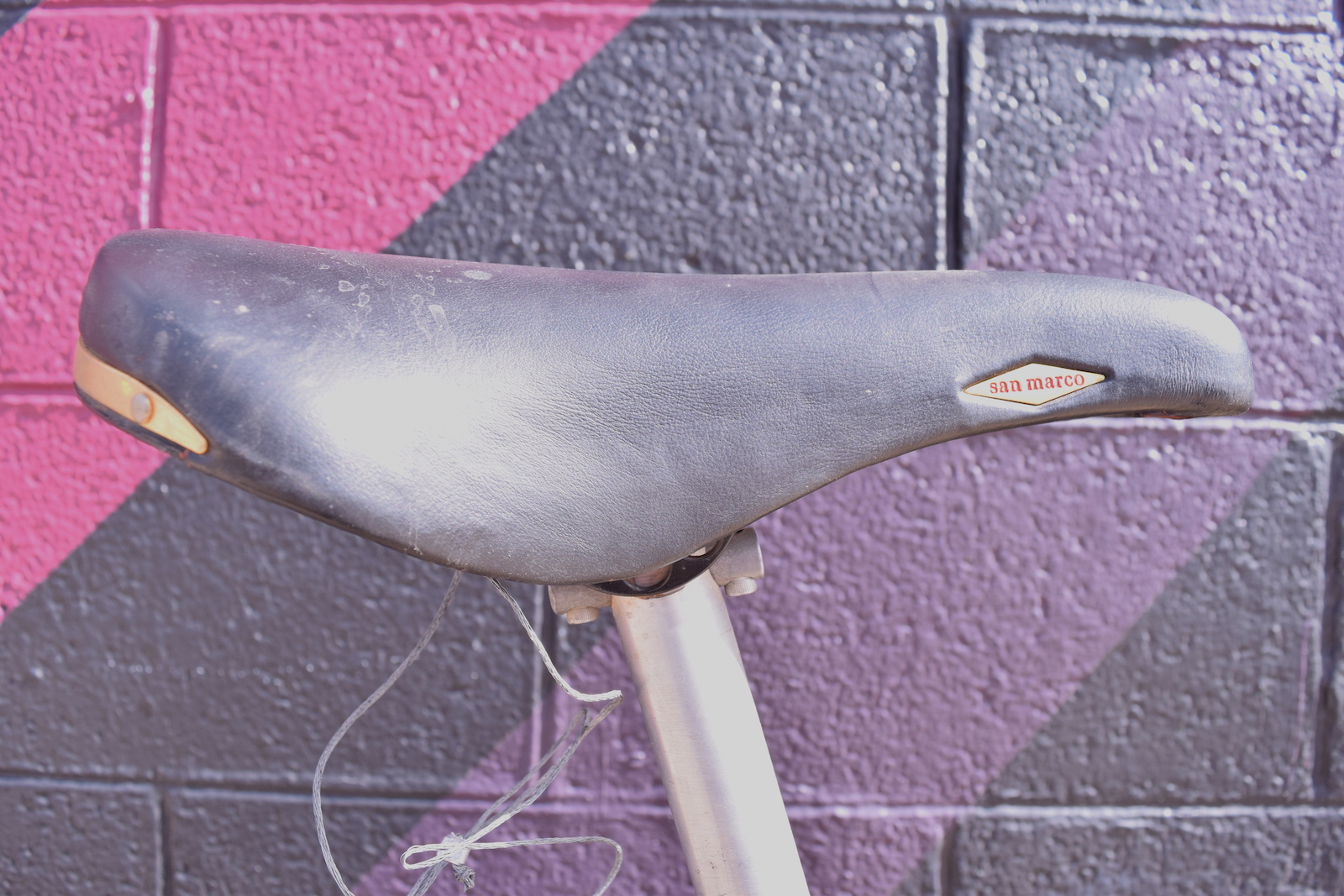
One of the first-ever mountain bike events originated during the summer of 1976 in the mountainous Crested Butte, Colorado. The Pearl Pass Tour brought pioneering riders from Crested Butte, over the high-altitude Pearl Pass, and into Aspen.
A few years later, in 1984, mountain biker Hank Barlow joined the crew on their annual ride. He was so inspired by the world of mountain biking that he decided to start a magazine.
The following year, Barlow started Mountain Bike magazine, the first full-color mountain biking magazine. It aimed to offer the same level of quality content for mountain bikers that already existed for road cycling. The magazine's first issue featured an image of the now iconic red rock riding in Moab, Utah, and can be credited for popularizing Moab and other destinations as mountain bike hot spots.
For an early edition of the magazine, Barlow wanted to test all of the frame materials at the time, so he commissioned the top frame builders of the time to build identical frames out of different materials. One of those bikes from the test was this steel Salsa mountain bike, built by Salsa Cycles founder Ross Shafer.
- Peter Stetina's White Rim Record-Setting Canyon Lux
- Absolute Absalon-BMC team Fourstroke XC race bike
Shafer began building road bike frames in the late-70s, and he built his first off-road frame in 1981. After a short stint with Santana, he founded Salsa Cycles and began producing a variety of different mountain bike frames and components.
Shafer's first mountain bike actually used 650B wheels, long before the trend was picked up by the broader mountain bike industry. He also sponsored the first all-women mountain bike team and became the stem sponsor for the U.S. Olympic team time trial squad.
The mountain bike pioneer was inducted into the Mountain Bike Hall of Fame in 1991 and would later sell Salsa in 1997. Today, Salsa Cycles produces a broad range of mountain, gravel, and fat bikes.
This steel-framed Salsa mountain bike is built with a Steve Potts Type II fork. Another Mountain Bike Hall of Fame member, Potts was one of the founders of Wilderness Trail Bikes, or WTB. The Type II fork is a rigid, steel mountain bike fork, which can still be bought from Potts today.
The brakes on this bike are WTB roller cam brakes. Roller cam brakes use a triangular "cam" rather than a transerve cable that was used on cantilever brakes. Compared to cantilevers, roller cams don't protrude past the sides of the frame, and they have more modulation ability. Roller cams were first manufactured and sold by WTB since they were invented by WTB co-founder Charlie Cunningham.
The groupset is a Campagnolo OR, which stands for off-road. Campagnolo produced a few off-road groupsets, however, the Italian brand's foray into mountain biking was short-lived. Mountain bike tech innovation, and cycling innovation as a whole, skyrocketed during the late 20th century. Since Campagnolo had developed a reputation as a road racing brand, it pulled out of the mountain bike market in the mid-90s. Today, Campagnolo offers a gravel groupset in addition to its road groupsets.
All of the parts on this bike are original and would have been ridden by Barlow as a part of his testing for the magazine.
The most unique—or peculiar—feature on the bike are stamps in the shape of farm animals. Hank’s son, Matt, said that the farm animals likely came from some sort of kids’ art project.
“He and Ross were good buddies and shared a sense of humor so I suppose they seemed a fitting quirky detail for a unique bike,” he said.
Mat is business partners with Jim Potter, the owner of Vecchio's Bicicletteria in Boulder, Colorado. Eventually, Mat took ownership of the Salsa mountain bike, and it ended up hanging up in the shop along with a number of other vintage and unique bikes.
- Frame: Custom built Salsa Cycles mountain bike frame built by founder Ross Shafer
- Drivetrain: Campagnolo Record OR
- Brakes: WTB roller cam
- Fork: Steve Potts Type II
Ryan Simonovich has been riding and racing for nearly a decade. He got his start as a cross-country mountain bike racer in California, where he cultivated his love for riding all types of bikes. Ryan eventually gravitated toward enduro and downhill racing but has also been found in the occasional road and cyclo-cross events. Today, he regularly rides the trails of Durango, Colorado, and is aiming to make a career out of chronicling the sport of cycling.
Rides: Santa Cruz Hightower, Specialized Tarmac SL4
